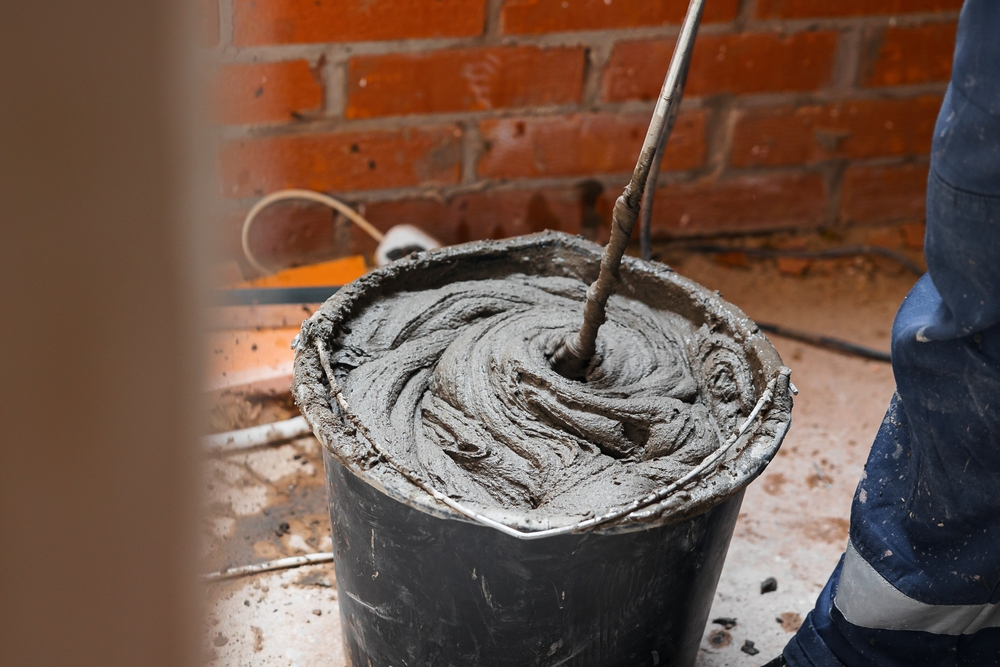Introduction:
The construction industry plays a significant role in global economic development, but it also leaves a substantial environmental footprint. As the world becomes increasingly aware of the urgent need to mitigate climate change and reduce carbon emissions, sustainable building materials are gaining popularity. One such material is blended cement, which offers a range of environmental benefits compared to traditional Portland cement. In this blog, we will explore the advantages of blended cement and its potential to contribute to a greener and more sustainable future.
1. Reducing Carbon Footprint:
The production of Portland cement, the most used cement in construction, is responsible for a considerable amount of carbon dioxide (CO2) emissions. Blended cement, on the other hand, incorporates supplementary cementitious materials (SCMs) such as fly ash, slag, or silica fume, which can significantly reduce the carbon footprint. These SCMs are industrial by-products that would otherwise be disposed of in landfills or require energy-intensive processes for disposal. By utilizing these materials, blended cement helps to decrease the overall CO2 emissions associated with cement production.
2. Energy Conservation:
The manufacturing process of traditional cement requires high temperatures, contributing to substantial energy consumption. Blended cement, by incorporating SCMs, reduces the clinker content in the mixture. Clinker is the primary component in Portland cement production and requires large amounts of energy during its production. By reducing clinker content, blended cement reduces the energy demands of the production process, resulting in lower overall energy consumption and associated greenhouse gas emissions.
3. Waste Utilization:
One of the significant advantages of blended cement is its ability to utilize industrial waste materials. By incorporating SCMs like fly ash, slag, or silica fume, blended cement helps to reduce the volume of waste generated by industries such as coal-fired power plants and steel mills. This waste would otherwise require dedicated landfill space or create pollution hazards. By giving these materials a second life as construction resources, blended cement contributes to waste reduction and resource conservation.
4. Improved Durability and Performance:
Blended cement offers improved durability and performance compared to traditional cement. The inclusion of SCMs enhances the strength, chemical resistance, and long-term durability of the cementitious matrix. This results in structures with extended service life, reducing the need for frequent maintenance, repairs, and reconstructions. By enhancing the longevity of buildings and infrastructure, blended cement helps to conserve resources and reduce the environmental impact associated with continuous construction activities.
5. Reduced Water Usage:
Blended cement typically requires less water during the mixing process compared to traditional cement. The use of SCMs often improves the workability and reduces the water demand without compromising the strength or quality of the concrete. Consequently, the reduced water requirement not only conserves a precious resource but also minimizes the environmental impacts associated with water extraction, transportation, and treatment.
Conclusion:
Blended cement offers a sustainable and environmentally friendly alternative to traditional Portland cement. Using supplementary cementitious materials, blended cement reduces carbon emissions, conserves energy, utilizes industrial waste, improves durability, and reduces water usage. By adopting blended cement in construction projects, we can make significant strides towards a greener and more sustainable future, mitigating the environmental impacts of the construction industry and contributing to global efforts in combating climate change. It is crucial for stakeholders in the construction industry to embrace and promote the adoption of blended cement to create a positive impact on the planet and future generations.
Top of Form

